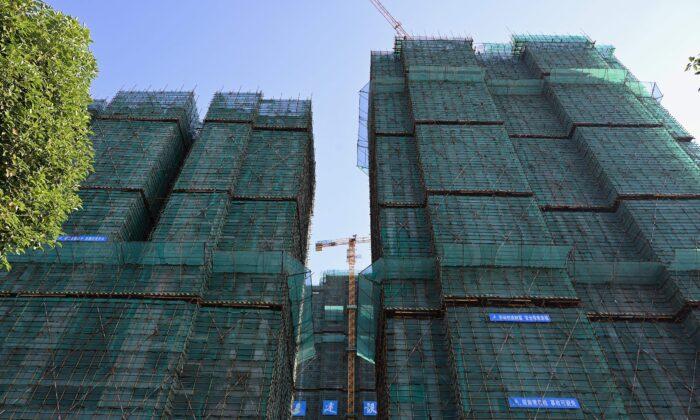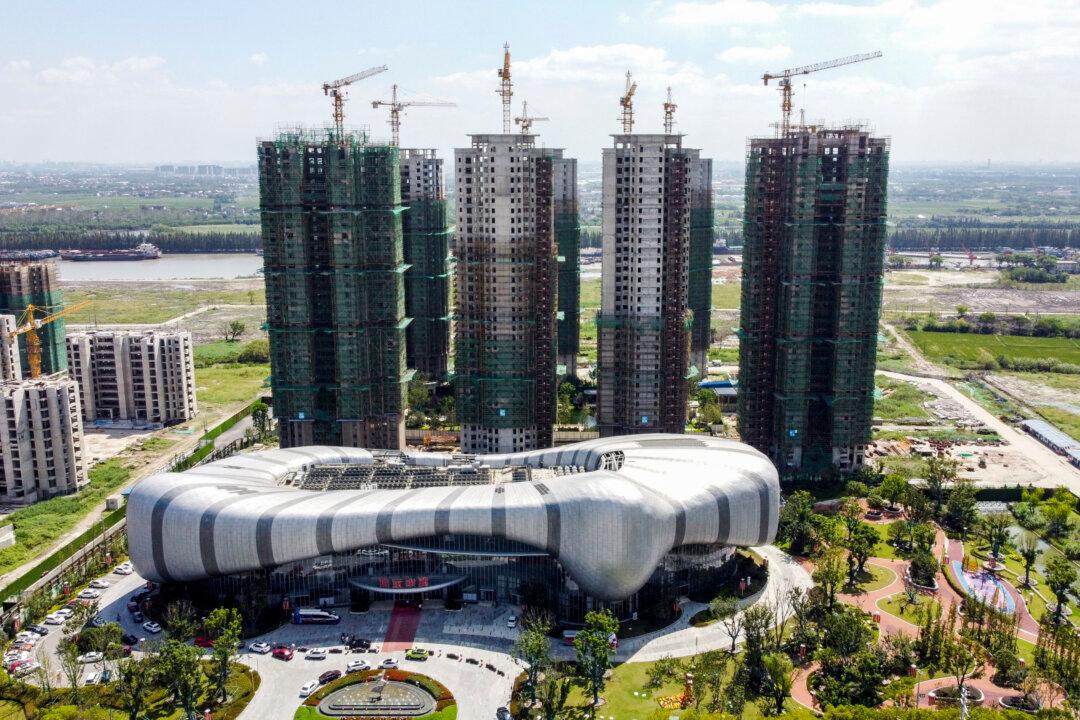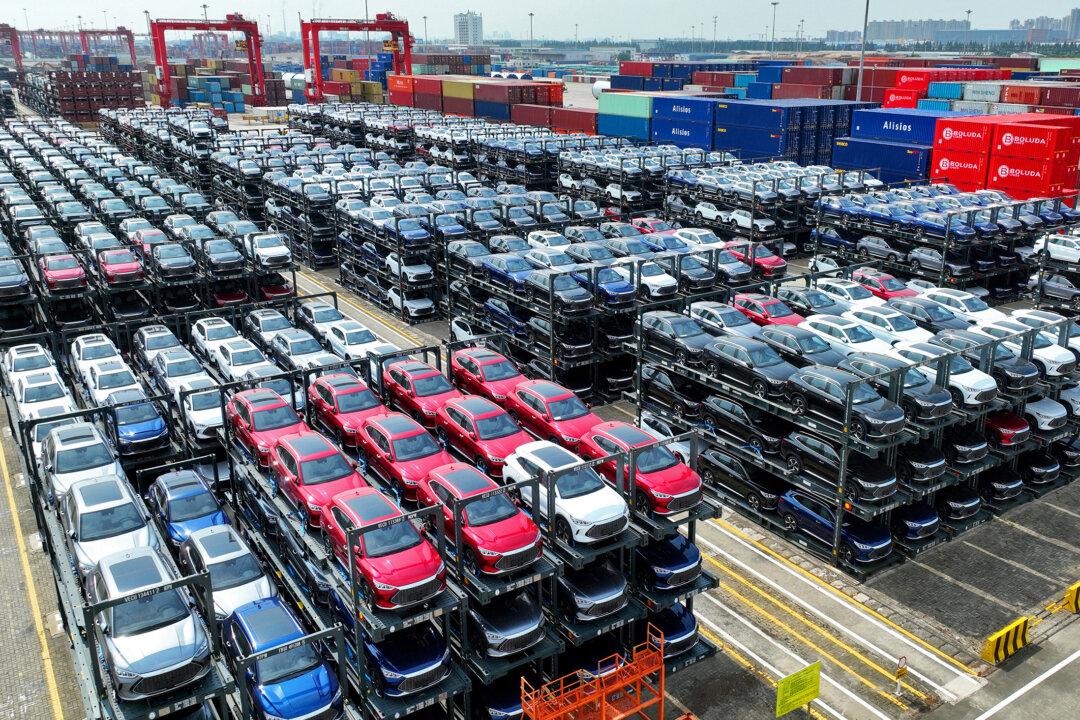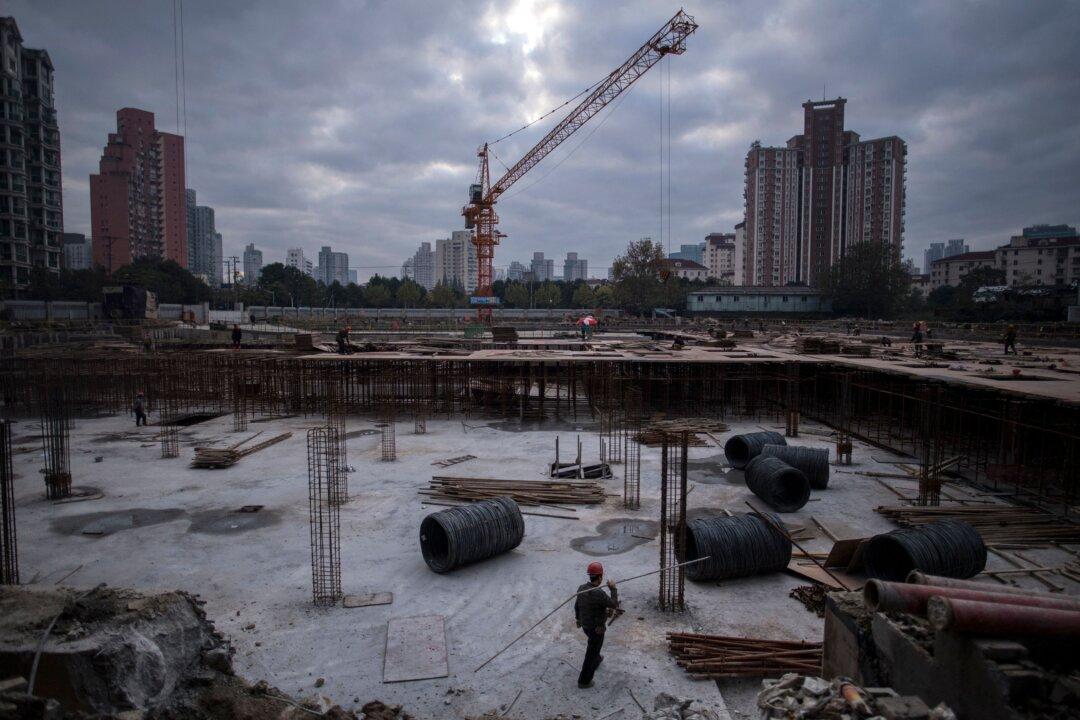As readers of this column ought to know, China’s economy has a lot going against it these days. Prominent among its growth impediments are COVID-19, aging demographics, and a shift in the West to source in other economies.
Now evidence has begun to pile up that Beijing’s “Made in China 2025” plan, with its emphasis on manufacturing for export, has joined this list. One can be sure this was not the intent of the Chinese Communist Party (CCP) and the Party leader Xi Jinping when they adopted the plan, but that is the way things are working out.
The Made-in-China plan marks the second major turn in China’s growth strategy. The initial path to development, laid out in the late 1970s when China first ended its isolation and joined the global economy, was to produce an abundance of cheap, relatively simple goods for export to the developed world—clothing, shoes, toys, that sort of thing. For over 20 years, that strategy supported explosive growth in China. By the late 1990s, insightful thinkers among China’s leadership could see that this export-led growth approach left China vulnerable to the United States and other economies and anyway could not last indefinitely. At their urging, China made the first turn in its growth strategy. Policy made efforts to broaden the economy by developing its domestic side for manufactures and also for services.
In the past year or so, Xi has sponsored another turn in this growth strategy. Contrary to the insights of the late 1990s, his “Made in China 2025” plan returns China’s emphasis to manufacturing. It differs from the earlier approach in that it focuses on more sophisticated products—electric vehicles, for instance, aerospace, artificial intelligence (AI), and biometric devices—but it is manufacturing. The old export orientation has returned as well. Much of the envisioned production will have domestic uses, to be sure, but the plan also makes clear that the objective is for China to become the go-to place for such products on a global scale.
Critically important is that Beijing, to serve this new approach, seeks to discourage the production of consumer goods and services. Last year, Jack Ma, the founder of the huge consumer firm Alibaba Group, complained that China’s state-owned banks were denying loans to finance the expansion of his company and others like it. Since then, Beijing has used its ample regulatory power to limit the expansion of other domestically oriented firms. It has blocked the growth of the ride-hailing firm, Didi, for instance, and it has stifled the very popular development of private tutoring businesses. It has also restrained the once-popular area of real estate development and even old-line manufacturing outside the areas favored by the current plan.

Perhaps in the long run, the areas emphasized in “Made in China 2025” will pay off for the country’s economy, but in the meantime, Beijing’s restraint elsewhere has impaired growth prospects. China’s steel production, for instance, has fallen to a 15-month low, as has coal output. Not only have these declines cut into the pace of overall growth, but the job losses in these areas have spread that weakness elsewhere in the economy. The curbs on property development have cut even deeper. Declaring that “houses are built for living not speculation,” the authorities have raised mortgage rates and banned private equity firms from raising capital for residential development. Of course, the official statement is nonsense. Speculation, after all, cannot pay off unless someone wants to live in the development. But even when the authorities spout nonsense, they have power, and their actions have brought a 4 percent drop in construction this year.
The slack in construction has in turn hit sales of materials, appliances, and furniture, while the loss of jobs in all these areas has spread the weakness still further through the economy. The development shortfall has also cost local governments considerable revenues and made many contemplated infrastructure projects look much less attractive than they once did. Accordingly, infrastructure spending has fallen some 10 percent from last year and previous years as well, immediately detracting from overall growth measures and denying the economy the roads, rail links, housing, ports, and other facilities that it needs for long-term growth and development, including the exports favored by the “Made in China 2025” plan.
In the interlocking manner of all sophisticated economies, these cutbacks, though seemingly having little to do with the emphasis of China’s plans, will thwart the effort that Xi and his Party have chosen to emphasize. It is not something that anyone, most especially the planners in Beijing, could have anticipated. The picture is reminiscent of the insights of the great Austrian economist Friedrich von Hayek when he claimed that no person or planning authority can possibly get their mind around all the necessary interactions in even a simple economy, and that the only way all the parts can support each other is through the spontaneous interaction of millions of decision-makers making small decisions in the narrow areas with which they are familiar—in other words, the market. Accordingly, China’s efforts to narrow the economy will do as much harm, maybe more, than they will help.






Friends Read Free